While in-vitro fertilization (IVF) seems to be a viable solution to infertility for many, the consequences of IVF are often hidden. The clearest consequence is that many more embryos than are “needed” are actually formed. The “extra” embryos are frozen in what is known as cryopreservation.1 These embryos can be conserved for long periods up to a temperature of -196˚C. But what are the chances of frozen embryos surviving the thaw?
Embryos are frozen after fertilization, but before they are ready to implant in the uterus. This poses a serious moral problem. At this stage the embryo is a unique human individual whose life must be respected, protected, loved, and served.
Cryopreservation
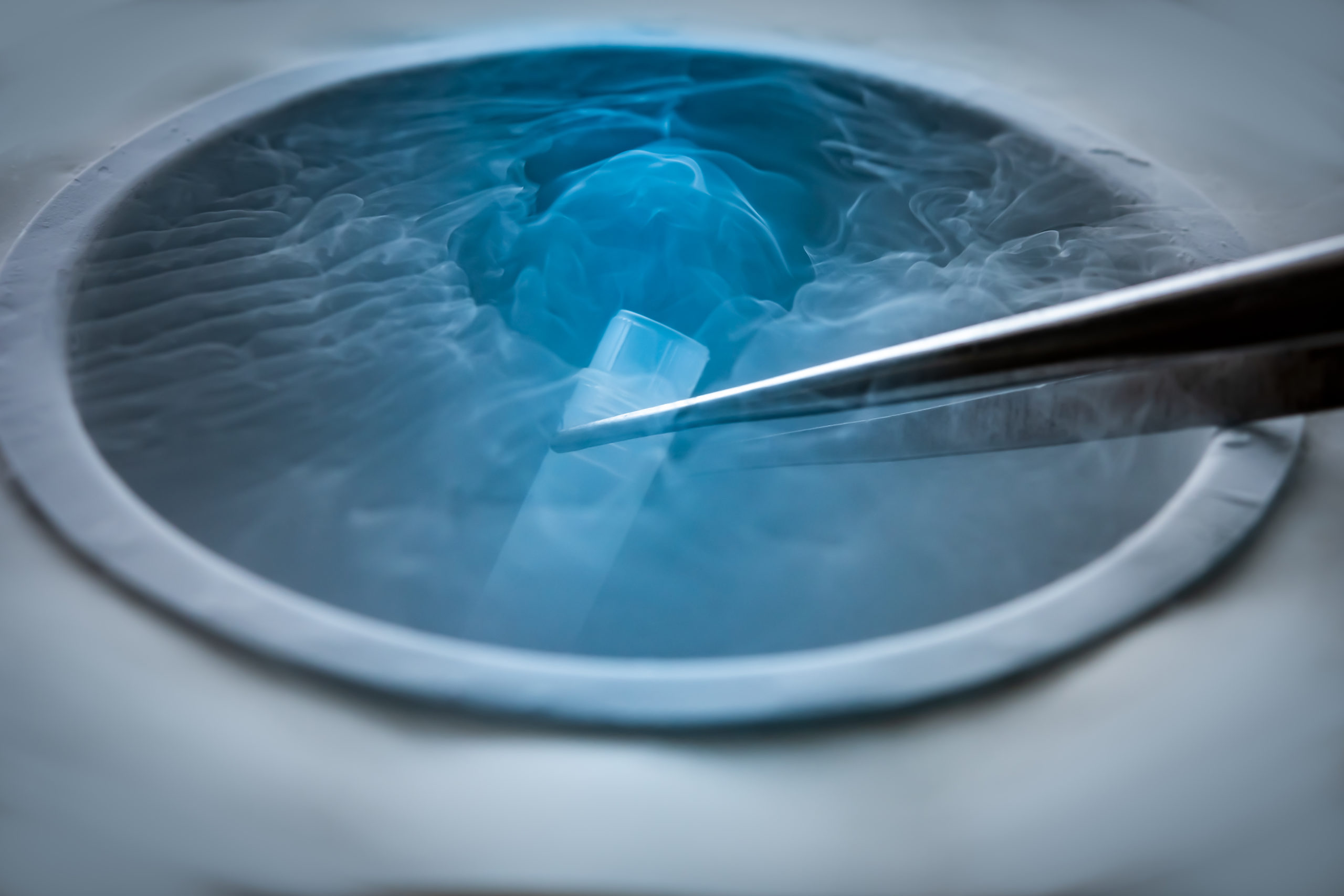
According to data from IVF fertility clinics, the chances of frozen embryos surviving the thaw to form viable pregnancies could be as high as 60%. This number depends on the duration of conservation and the way they were conserved. There is really no method to know with certainty which babies are actually viable.2
The real trouble starts after they are unfrozen. Many people today have the mentality that they have a right to a baby and that the baby is not simply a gift from God. They do not realize that the objectification of the person which results from this mentality has far-reaching consequences. Even the language of calling the babies “embryos” is a way to detach themselves from the babies’ personhood.
This is something we find in very explicit terms in recent Church teaching. Based on Donum vitae 6, the most recent document from the Congregation for the Doctrine on the Faith, Dignitas personae makes it clear that cryopreservation is morally unacceptable:
Cryopreservation is incompatible with the respect owed to human embryos; it presupposes their production in vitro; it exposes them to the serious risk of death or physical harm, since a high percentage does not survive the process of freezing and thawing; it deprives them at least temporarily of maternal reception and gestation; it places them in a situation in which they are susceptible to further offense and manipulation.3
What happens to the embryos after they are frozen?
Most of the embryos that are cryopreserved, if they are not used in a brief span of time, remain “orphans,” abandoned in biobanks in areas where IVF is practiced.
To date, it is not possible to know precisely how many are present in the IVF centers: the embryos are continuously formed, frozen and thawed, and the number in each center changes almost daily. At the moment, knowing only the total number of those frozen and thawed annually, we can roughly estimate that there are several tens of thousands, less than 100 thousand. We are talking about numbers that are as high as the inhabitants of a city.
How long can an embryo survive in the freezer?
Overall, cryopreserved embryos have no expiration date. If the cryopreservation has been carried out correctly, it can be continued indefinitely. In fact, at the liquid nitrogen temperature, every cell process is blocked (even those of degradation), and can only be restarted by bringing the embryos back to higher temperatures. The only way to know if an embryo has remained viable is to thaw it, transfer it to the uterus and see if a pregnancy develops.
If an embryo is vital enough to lead to pregnancy then it will also be viable for scientific research, and vice versa. If, on the other hand, an embryo is damaged it cannot be used for any purpose. It is not possible to predict which embryos, among the cryopreserved, will develop a pregnancy once thawed and transferred to the uterus. Therefore, of the tens of thousands of embryos in the freezers we are not able to know at the moment how many are still viable, nor how many will remain after thawing.
We know of children born from embryos that have remained in liquid nitrogen for more than twenty years: we remember Emma, born healthy in 2017 from an embryo that was cryopreserved for 25 years. The then-US President George W. Bush in 2002 allocated a million dollars for the “Adopt an embryo” campaign, famous for his photo with children born from frozen embryos and adopted by infertile couples. The controversy was all around the word “adoption”—seeing in those embryos the child that could be born—instead of “donation,” used for organs, cells and tissues, but certainly not human beings.
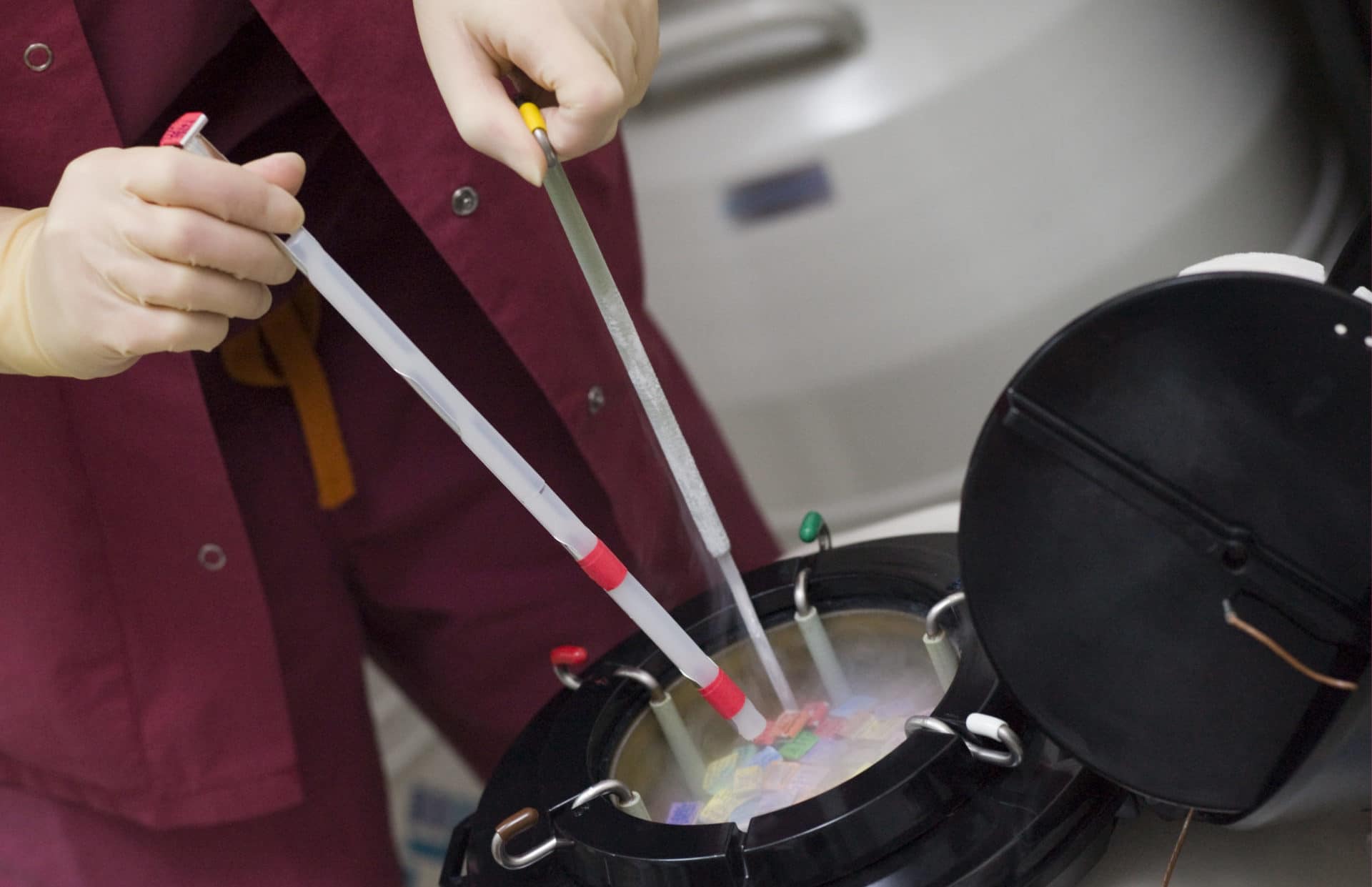
Freezing embryos
What does the future hold for an unfrozen embryo?
There are different possibilities for what can await these embryos, and they each have different moral implications. As we read in Dignitas personae:
- To use the embryos for therapeutic reasons. Clearly, such a possibility is morally unacceptable because embryos are treated as biological material, which implies their destruction.4
- To “defrost” the embryos, without “activating” them but leaving them dead to use them for research purposes as if they were normal cadavers. This is clearly unacceptable because they should be treated the same way the dead are treated.5
- To make them available for adoption to infertile couples. This is the area of contention among theologians. Dignitas personae seems to show that it is also unacceptable for the same reasons that make IVF unacceptable.6
- To have a sort of prenatal adoption, i.e. adoption for birth.7 Such a possibility, as laudable as it sounds, presents the same problems we see above. In this case, they are “made to order” ahead of time with specific traits. This is typical of IVF these days.
Basically, we find ourselves in a conundrum about frozen embryos because there should not be such a phenomenon from the start. But since we find ourselves in this situation, what can we do without cooperating with evil? We read in the concluding words of Dignitas personae 19 the following:
All things considered, it needs to be recognized that the thousands of abandoned embryos represent a situation of injustice which in fact cannot be resolved. Therefore John Paul II made an “appeal to the conscience of the world’s scientific authorities and in particular to doctors, that the production of human embryos be halted, taking into account that there seems to be no morally licit solution regarding the human destiny of the thousands and thousands of ‘frozen’ embryos which are and remain the subjects of essential rights and should therefore be protected by law as human persons.”8
Is embryo adoption moral?
There are different opinions on the lawfulness of prenatal adoption. The good intuition which pushes us to save a life, and which easily meets unanimous consent, cannot simplify the response to a thorny issue which entails at its heart a grave disrespect and disregard for human life.
To help us think through this in a synthetic way, we turn to a philosophical-anthropological analysis offered by Prof. Adriano Pessina, member of the Board of Directors of the Pontifical Academy for Life, in his article, “La disputa sull’adozione degli embrioni umani. Linee per una riflessione filosofica.”
Pessina begins to address the issue by reiterating that in moral evaluations it is necessary to establish a hierarchy of goods to be protected, trying to analyze the pros and cons without being too influenced by our emotions.
The debate on embryo adoption is a broad and complex issue and touches on different human areas. Above all, it concerns the way in which we think about the value of human existence, so we cannot reduce the question to a simple problem of “vital first aid,” forgetting the conditions in which it takes place and the implications it has.9
Pessina approaches the crux of the question in two directions:10
- In the first argument (A), it is assumed that human life is of absolute and incommensurable value. As such it cannot be compared to any other good. Therefore, it is necessary to do everything possible to save the life of a human person;
- In the second argument (B), it is assumed that human life is a fundamental value but not sufficient for the achievement of the specific purpose of man. This implies that the value of life is commensurable in principle. For example, it is legitimate to give one’s life for another. Or, it is legitimate to witness fidelity to the truth about God with martyrdom. Therefore, it is a duty to do all that is morally possible to save the life of a human person.
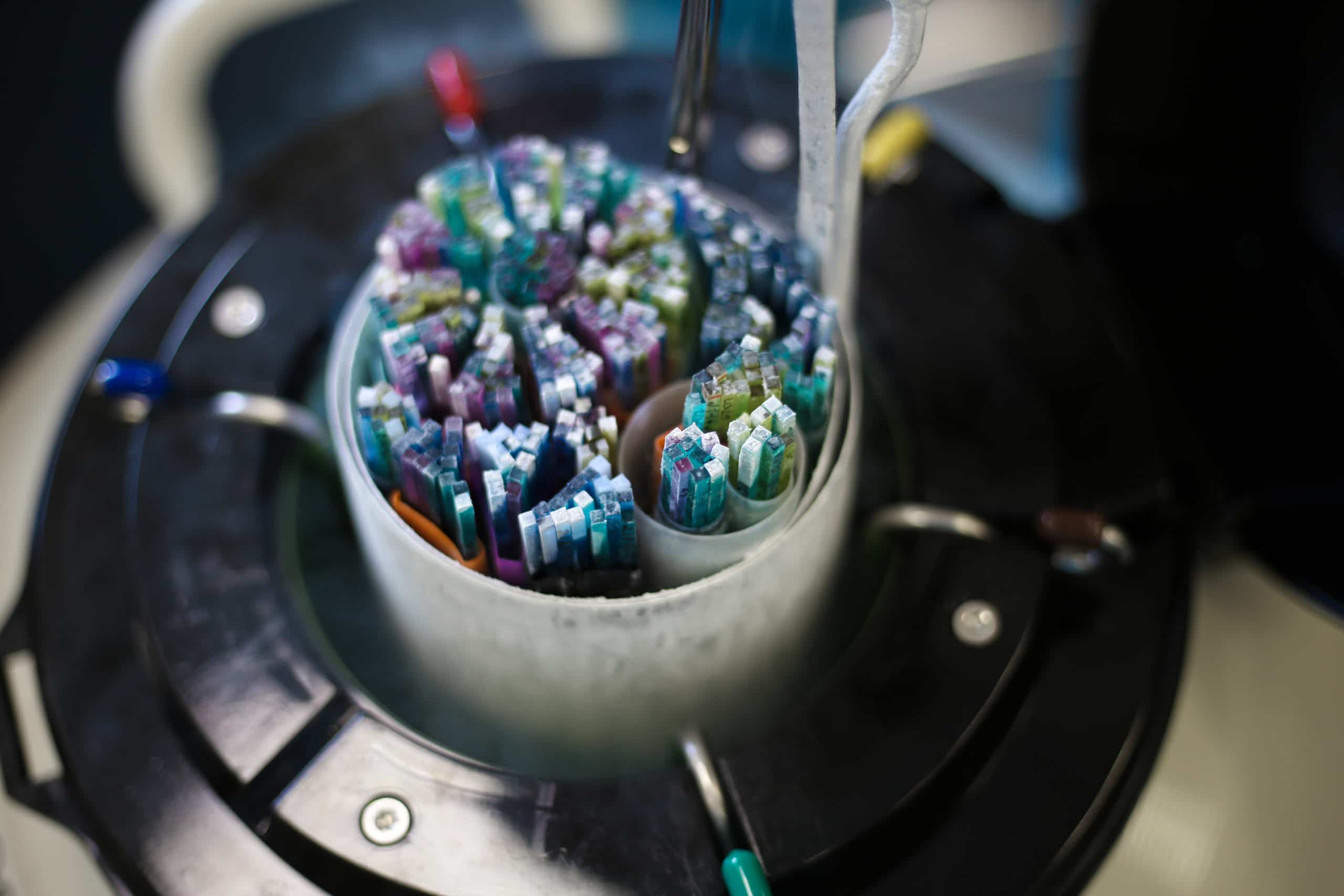
Dewar with frozen embryos and egg cells in an IVF clinic
Argument A: If life is of absolute value
According to argument (A), there are no legal objections to prenatal adoption. On the contrary, it is presented as a duty, since the protection of the human embryo is the priority. If adoption is not a duty, but only legitimate, then what would make it such would no longer be the “life” value of the embryo, but only the woman’s decision. In this case, a problem of coherence would arise in argument (A), as the “life” value would no longer be considered absolute, and therefore a priority, but subordinated to the will of the woman. In this way, it would fall into argument (B).
Again according to argument (A), various values are considered subordinate, such as:
- the right of the child to be born from the womb of his mother;
- the right of the child to be conceived, brought into the world and educated by his parents;11
- the concept of human procreation as an interpersonal act consisting of three elements, father, mother, child. The act in which the groom and the bride become father and mother through the mutual total gift makes them cooperators with the Creator in bringing into the world a new human being, called to life for eternity;
- the value of maternity as a personal event which in principle excludes the separation of biological, physiological and affective processes.
Regarding this last point, it should be noted that, if in exceptional cases, the exclusion of the biological bond in the concept of motherhood is admitted, keeping only the affective-volitional (or emotional) one, the question arises whether then, in the case of the absence of an affective-volitional (or emotional) bond, it is legitimate to sever the biological link, as in the case of voluntary abortion. Pessina underlines how, in this case, moral legitimacy is thus founded on the will and, for a strange paradox, the adoption of embryos and voluntary abortion would result in privileging the affective-volitional decision of the woman. At the core of all of this, we are left with a very arbitrary, subjective reasoning.
Argument B: If life is a fundamental value, but second to morality
Perspective B, according to which life is a fundamental value, shows us that the life of the embryo must be protected with morally lawful, proportionate and ordinary means. Pessina proposes as a theoretically feasible way, that of inviting the biological mother to carry the pregnancy to term, because there are no other means (artificial or animal uterus) that are respectful of human dignity. This is only theoretically feasible, however. In fact, he explains that in the case of the extracorporeal generation, the morally objective conditions are lacking to allow the embryo to continue living because it is impossible to implement this fertilization in an ordinary way while respecting the biological and anthropological relationship between mother and child.12
The Magisterium sustains the position that the whole process is questionable, as we read succinctly in Donum Vitae 6:
The connection between in vitro fertilization and the voluntary destruction of human embryos occurs too often. This is significant: through these procedures, with apparently contrary purposes, life and death are subjected to the decision of man, who thus sets himself up as the giver of life and death by decree.
So what can we do?
Is there any moral means to free the embryo from cryopreservation, which suspends vital processes, but does not guarantee them? Do we freeze them and hope to use them for scientific purposes? Do we freeze them and hope to put them up for adoption? Or do we simply let them be in this frozen state with the probability of death? While IVF may seem like a plausible solution to many people suffering due to infertility, one needs to read the “fine print” and consider instead one of the many licit infertility treatments. IVF has deadly consequences for real persons. In this case, these “real persons” are embryos.
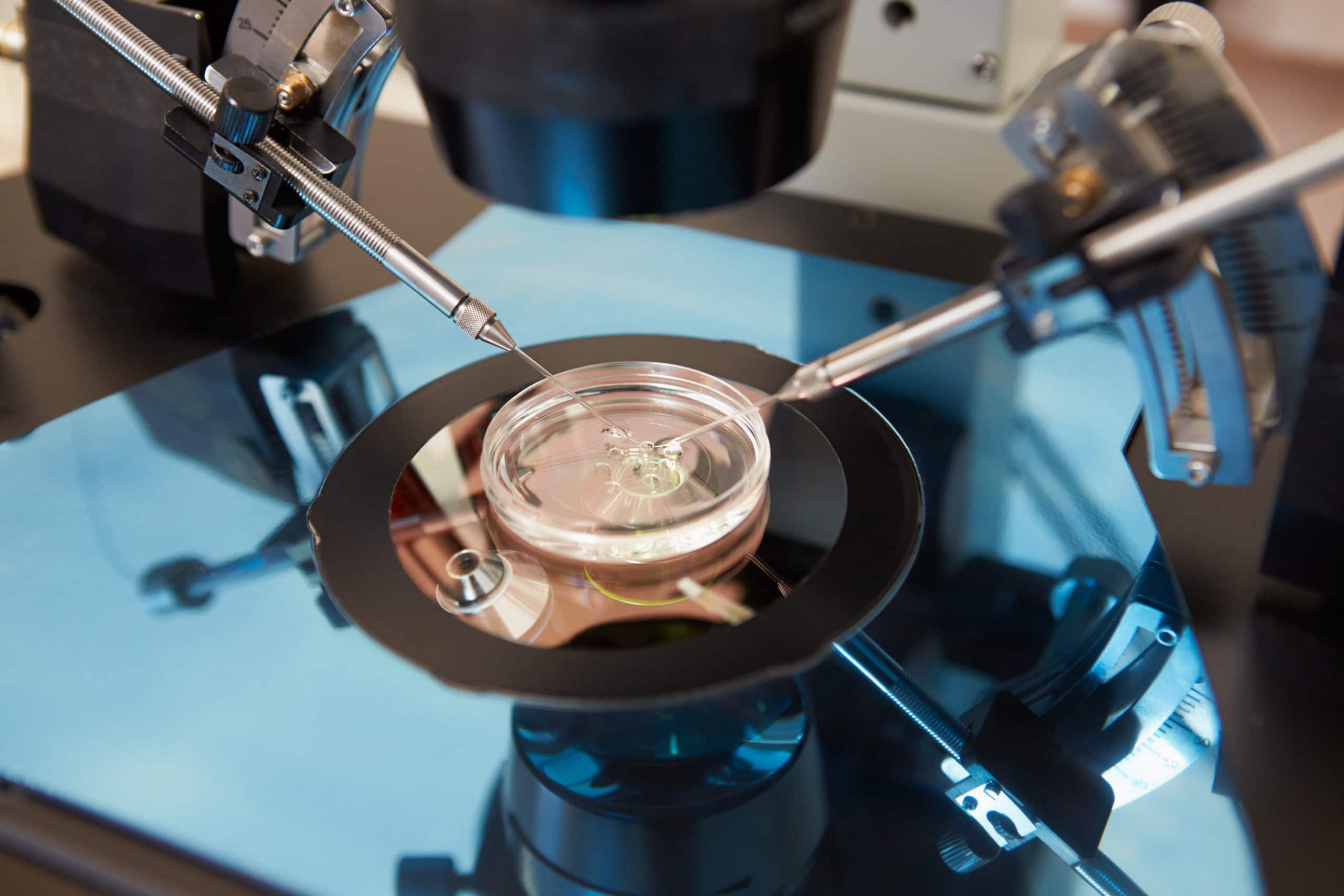
in-vitro fertilization
There are very sound Catholic ethicists who disagree on what to do. One can sympathize with people who would put the embryos up for adoption, but the root of the problem is the system of cryopreservation itself. This is what John Paul II and later Dignitas personae indicate when we read that adoption can be seen as misdirected compassion. After all, it is only as a consequence of something evil that we try to salvage these embryos. This could quickly turn into a means of accepting evil, and we know that it is not permissible to do evil even to obtain good.
This is an unsatisfying answer to a moral problem that has no perfect solution. That is why the Church urges the medical community to stop placing more babies in this untenable situation. The only way to solve this problem is not to create it in the first place.
Read more: The Teaching of the Catholic Church on IVF
+ Endnotes
[1] For further reading, this article in Italian is a very good synthesis: Z. Srebovsk – M. Di Pietro – A. Bompiani, Fecondazione artificiale e crioconservazione degli embrioni, «Medicina e Morale», 2006.
[2] Cfr. E. Sgreccia – A. Tarantinio, Enciclopedia di Bioetica e Scienza Giuridica, Vol. V, Ebraismo – Evoluzione, p. 539.
[3] Congregation for the Doctrine of the Faith (CDF), Instruction Dignitas personae: On Certain Bioethical Questions, 18, June 20, 2008, AAS 100 (2008) 858-887; DeS (2010).
[4] Ibidem, n. 18.
[5] Ibidem, n. 35.
[6] Ibidem, n. 19.
[7] This is an expression used in Italy in the document that came of a conference on the subject in 2005: Comitato Nazionale per la Bioetica, Adozione per la nascita degli embrioni crioconservati e residuali derivanti da procreazione medicalmente assistita (P.M.A.), November 18, 2005.
[8] Ibidem, n. 19.
[9] Adriano Pessina, “La disputa sull’adozione degli embrioni umani. Linee per una riflessione filosofica” in «Medicina e morale», 2013/6, pp. 1100-1101.
[10] Adriano Pessina, Ibidem, pp. 1105-1106.
[11] CDF, Instruction Donum vitae, Part III, AAS 80 (1988), 70-102; DeS 12 (1990); Documenta 65; February 22, 1987.
[12] Adriano Pessina, Ibidem, p. 1110.
Related Content
Father Francesco Giordano is Director of Human Life International’s Rome office since July 2015, as well as a teacher at both the Angelicum and the Rome program of Catholic University of America. A diocesan priest and professor in Rome, Italy, he was ordained a priest in 2009. Fr. Giordano holds an MA from the University of Chicago and a doctorate in systematic theology from Santa Croce University in Rome.




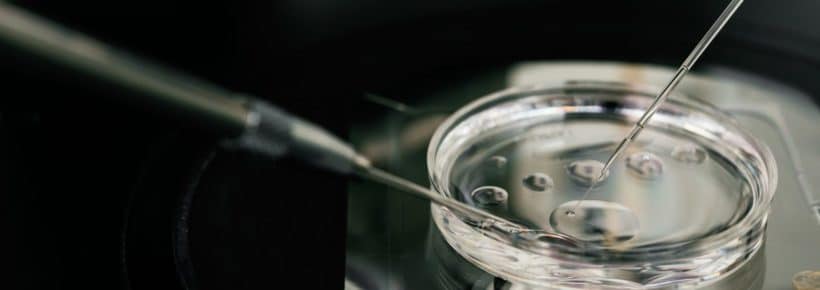
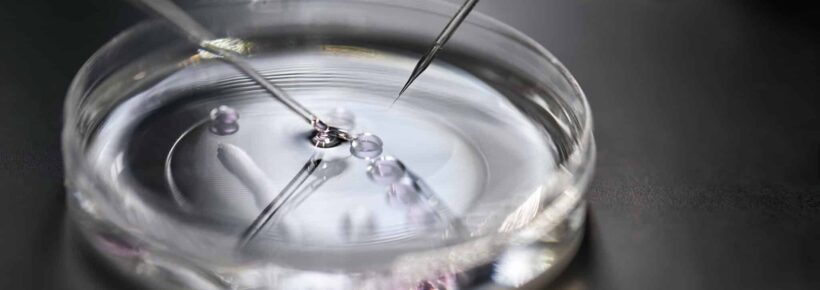






Will also address the concern expressed here about some of the frozen embryos not making it through a thawing process.
It is not accurate to present this valid concern without any discussion around how many embryos survive a pregnancy that does not require medical intervention at the beginning stages.
It is estimated that after conception in a pregnancy that does NOT require medical intervention at the beginning stages, the rate of development failure or embryo loss is approximately 10-40% before implantation. Some estimates state that the total rate of loss that includes post-implantation is approximately 40 % – upwards of 60% of all conceptions.
Please give the proper context to your concerns, or your work here risks appearing to be deliberately distorted towards highly ironic conclusions.